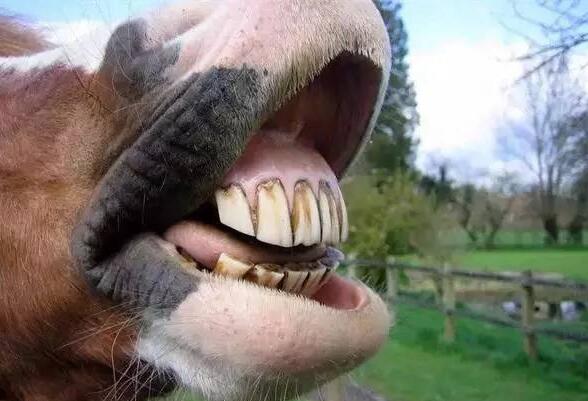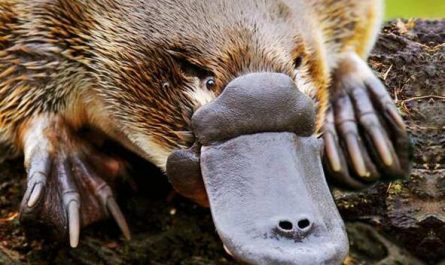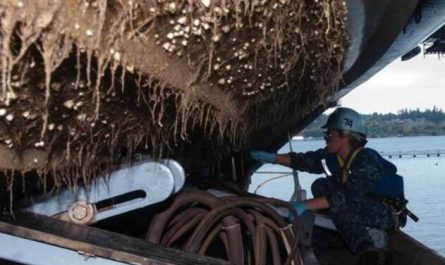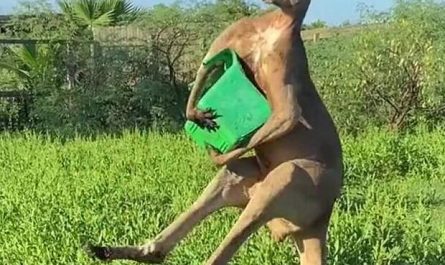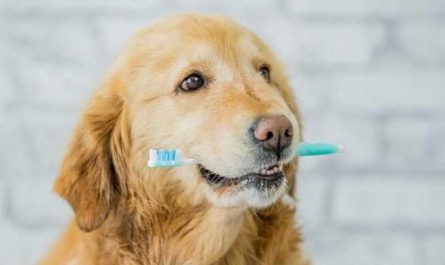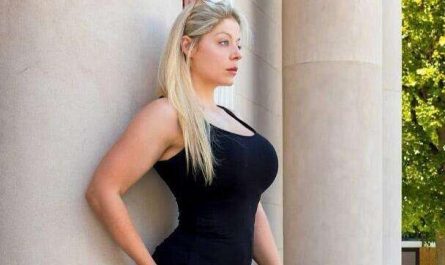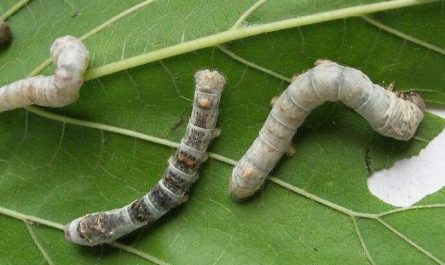Looking at the horse’s teeth can determine the reason for its age
An experienced person can judge how old the horse is by opening the horse’s mouth, touching it, and taking a look. It turns out that the teeth of a horse are a record of the age of the horse. Horse teeth are divided into incisor, canine and molar.
How do you look at the age of a horse, and why can you tell the age of a horse by looking at its teeth?
The pony was just born with 4 incisors and 12 molars. There are 16 teeth in total. After 4 to 6 weeks, 4 more incisors were born; 6 to 9 months later, 4 more molars were born; 10 to 12 months later, 4 more molars were born. Counting it all out, the horse had just one year old and had just 28 teeth. When the horse is two years old, four more molars will grow. The horse has to change teeth. From two and a half years to four or five years old, the incisor and premolars gradually fall off, and new teeth are replaced, while the back molars do not fall off. At this time, the canine teeth of the horse also grew out one after another. By the age of six, the horse’s teeth are all out. The mare has 36 teeth and the male has 40 teeth.
After the horse’s teeth are in line, as it eats grass and chews every day, the wear of the teeth becomes more and more obvious. In the horse’s cutting teeth, the two in the center are called pincers, one on each side is called the middle tooth, and one on the outside is called the corner tooth. The deciduous teeth of the incisor are lost and replaced with permanent teeth, and the recesses on the tooth surface made of enamel are called ridges. The upper part of the tooth sill is a black nest, and the lower part is a tooth sill mark.
The horse chewed the fodder for a long time, and the black nest disappeared, leaving two enamel rings inside and outside. The inner ring was the tooth ridge marks. The teeth of the pliers began to wear out when they were three years old. The black sockets disappeared when they were six years old, and even the tooth marks disappeared when they were thirteen years old.
After the old horse was fifteen years old, the incisors grew faster than they were worn out, and the incisors appeared longer. Experienced farmers can know the age of horses more accurately if they master the growth rules of horse teeth.
Horse’s appearance characteristics
The physical size of different breeds of horses varies greatly. The heavy breed weighs 1200 kg and the body height is 200 cm; the small breed weighs less than 200 kg and the body height is only 95 cm. The so-called pony is only 60 cm tall.
The head is straight and long, and the ears are short. Long limbs, solid bones, well-developed tendons and ligaments, cicadas (commonly known as night eyes) with remnants of palm and pillow, hard hoofs, can quickly run on hard ground. The coat color is complex, mostly in the form of liu, chestnut, brown, blue and black; the coat is changed once in spring and autumn. The well-developed sweat glands are good for regulating body temperature, are not afraid of severe cold and heat, and are easy to adapt to the new environment. The chest is deep and wide, and the heart and lungs are well developed, suitable for running and intense work. The esophagus is narrow, the single stomach, and the large intestine, especially the cecum, is abnormally developed, which helps digest and absorb roughage. There is no gallbladder and the bile duct is well developed. Teeth have a strong chewing force. The gap between the front teeth and the molars is called the captive part. The captive body is put on the saddle for easy control. The age can be judged according to the number, shape and degree of wear of the teeth, and the sense of hearing and smell is sharp. The distance between the eyes is large,
The overlapping part of the field of view is only 30%, so the ability to judge the distance is poor; at the same time, the focus adjustment of the eye is weak, and it can only form a blurred image for objects 500 meters away, while it can distinguish its shape well for close objects. The head and neck are flexible, and the visible area of both eyes is 330°~360°. There is a layer of photo film on the outer layer of the retina at the fundus, which has strong light sensitivity and can see the surrounding objects at night. The horse sleeps while standing.
Like some rodents with amazing IQs, horses are also very intelligent animals with amazing long-term memory. According to a recent study published in the journal Animal Behaviour, horses that have had a pleasant experience with people familiar with them, such as horse trainers, are more likely to remember them after being separated for a few months. Living with these people, but also showing greater affection for these people.
In addition, these horses are also more likely to get close to people they are not familiar with, and their behavior is to sniff with their noses and lick with their tongues. Researchers said this behavior shows that horses can form positive memories related to people and are also a kind of high IQ animal.
The distribution of horses
According to statistics from the Food and Agriculture Organization of the United Nations, nearly half are distributed in the Americas, with Asia accounting for about 24%, Europe 11%, and Africa and Oceania accounting for about 8%.
Distributed in Eurasia, Africa and North and South America.
Living environment: The ancestor of horses, the ancestor horse, first lived in the forests of North America, feeding on young leaves. During the evolution to the Miocene, ancient grassland horses appeared, and they turned to grassland life. From then on, horses began to feed on hay and live on grassland.
The ancestor horse, European wild horse and other types of horses have become extinct due to the expansion of human activities and changes in the living environment, and many types of horses are on the verge of extinction.
The reason for the horse’s sniffing
Horse’s nasal cavity is divided into two parts: breathing area and olfactory area. The breathing area is in the front of the nasal cavity, which can secrete mucus and prevent dust and foreign bodies from entering the respiratory tract. The olfactory area is above the back of the nasal cavity, where the brain’s olfactory nerve endings are distributed. Its nerve cells have the function of identifying feed, water quality, identifying directions, and finding roads. The horse’s nose is to get rid of foreign objects in the nasal cavity and to ensure that the respiratory tract is unblocked, so as to accurately identify food, identify the road and direction, and sometimes it is easy to snorkel when the horse is frightened.
